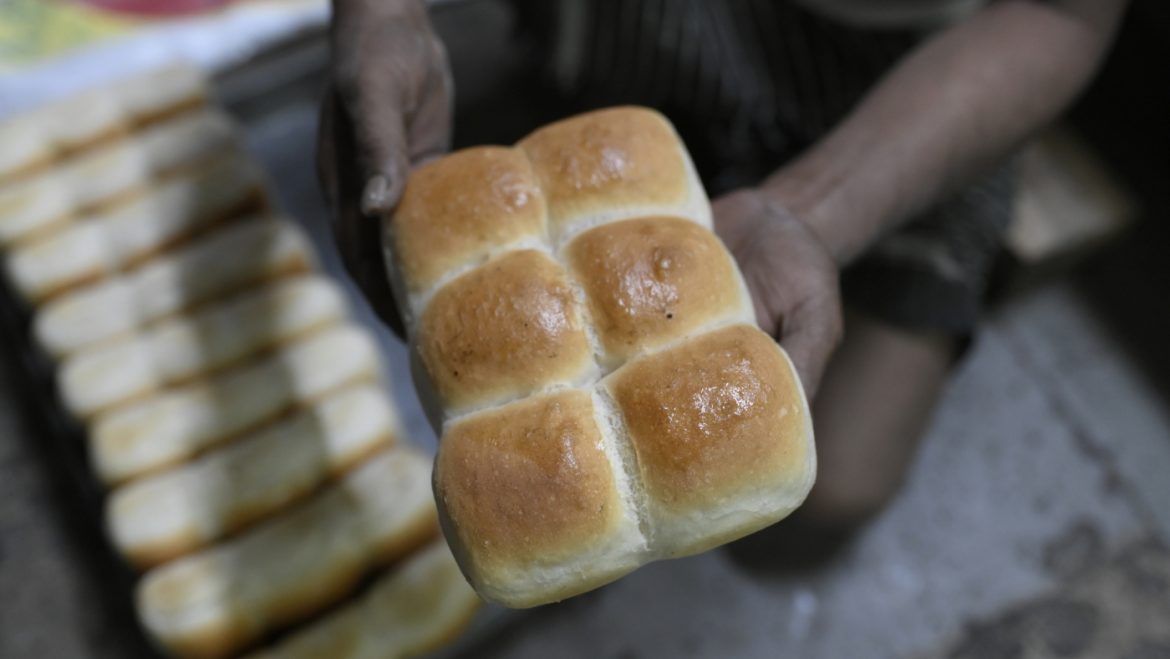Mumbai’s Iconic Pav Bread: Cultural Treasure Facing an Uncertain Future
—
The Vital Role of Pav Bread in Mumbai’s Culinary and Social Fabric
Mumbai’s pav bread is far more than a soft, fluffy bun; it represents a staple of daily life for millions, a cherished symbol of the city’s multicultural heritage, and a cornerstone of beloved street foods such as pav bhaji, vada pav, dabeli, and more. Originating from the Portuguese word “pão,” pav arrived in the Indian subcontinent during the Portuguese colonization of Goa in the 16th century and quickly became adopted widely along Maharashtra’s western coast. With its crusty top, smooth texture, and smoky flavor imparted by traditional wood-fired ovens, pav serves as the foundation for some of Mumbai’s most iconic snacks and meals, reflecting the city’s unique history and working-class culinary creativity.
Restaurants, street vendors, and household kitchens rely heavily on pav. It ignites childhood memories and family traditions, such as the common scene of toasting fresh pav buns with steaming bhaji or other fillings. Bakers in Mumbai begin work in the early hours to prepare thousands of these buns daily, ensuring that this food remains accessible, affordable, and delightfully fresh.
—
The Government’s Environmental Directive: Curbing Wood-Fired Ovens
Recently, rising concerns over Mumbai’s worsening air quality have prompted decisive government action targeting pollution sources across the city. Among these is a crackdown on bakeries that utilize wood-fired ovens to bake pav bread. Wood-fired baking, while essential to pav’s distinctive flavor and texture, has been identified as a significant contributor to particulate matter and smoke pollution. Studies have highlighted that the approximately 1,000 wood-fired bakeries in Mumbai contribute materially to the city’s hazardous air pollution levels over the year.
Facing regulatory pressure, bakery owners have been challenged to either transition to cleaner fuels or cease wood-fired operations altogether. This mandate threatens the traditional method of pav production integral to the bread’s unique character, and the cost implications of switching to gas or electric ovens could be substantial.
—
Economic and Cultural Implications: Will Pav Become a Luxury?
For many working-class Mumbai residents, pav represents an affordable, everyday food. The prospect of bakeries having to invest in new equipment or change their baking methods raises concerns about price increases that might put pav out of reach for some consumers. There is also apprehension about potential loss in pav quality, texture, and flavor—attributes highly valued by consumers and linked to the wood-fired baking style.
The success of Mumbai’s street food ecosystem hinges on the interplay of affordability and tradition. Already deeply connected with the city’s identity and social fabric, pav bread’s future stands at a critical crossroads. If costs rise or quality suffers, it may alter not just culinary practices, but also social experiences that foster community connection through food.
—
Culinary Evolution and Adaptation: A Path Forward?
Though the government directive poses challenges, there is also room for innovation and adaptation within Mumbai’s bakery scene. Alternatives such as gas or electric ovens could be explored that replicate some aspects of wood-fired warmth, or new artisan approaches might emerge that both satisfy environmental regulations and preserve much of pav’s cherished qualities.
Cooks and food enthusiasts might diversify pav’s role, experimenting with variations or substitute breads that honor tradition while reflecting modern demands. As has been seen with the proliferation of regional pav bhaji variants and fusion street foods, Mumbai’s robust culinary creativity could offer solutions to balance heritage conservation with environmental responsibility.
—
Conclusion: Mumbai’s Pav at a Crossroads of Heritage and Sustainability
Mumbai’s iconic pav bread embodies a complex tapestry woven from history, culture, community, and taste. Today, it faces an urgent challenge born from environmental necessity: the shift away from wood-fired ovens threatens to redefine how this working-class staple is made and consumed. The outcome of this transition will ripple through Mumbai’s streets, homes, and hearts, influencing not just food preferences but the very social pulse of the city.
Harnessing innovation without sacrificing identity, finding economic pathways to keep pav affordable, and striving for sustainable baking methods must converge to ensure pav’s survival. The humble pav bread has long symbolized Mumbai’s resilience and spirit—whether it can continue this legacy depends on how tradition and progress find harmony amid the pressures of urban modernization.


